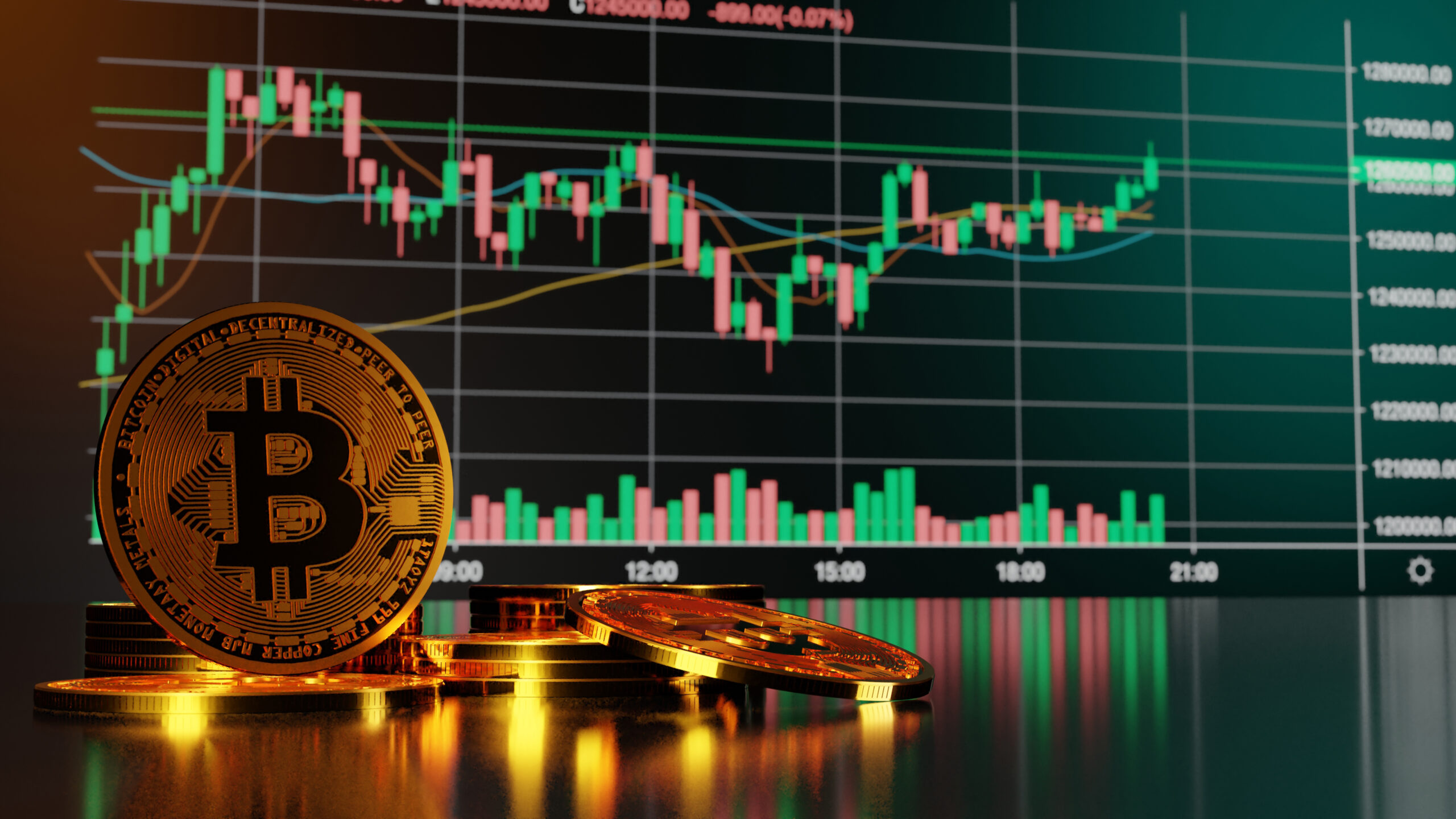Bitcoin Price Outlook After Long-standing traditional markets have been affected by China’s continuous economic tug-of-war with the United States, its influence on cryptocurrencies, especially Bitcoin, has become even more noticeable. Following a new trade agreement between the two biggest economies in the world, market analysts and crypto investors are adjusting their expectations for digital asset values.
Often considered a speculative asset and a counter against conventional economic uncertainty, Bitcoin is especially suited to respond to macroeconomic changes. Analyzing critical financial processes, investor behavior, and the changing regulatory environment helps one to understand Bitcoin price projection following the China-U.S. trade pact.
Bitcoin’s New Economic Role
The relationship between Bitcoin and macroeconomic policy has become clearer recently. Hailed initially as a distributed hedge, BTC has started to reflect risk asset behavior under some conditions, especially in times of excellent liquidity. Over several years, tariffs, sanctions, and changing diplomatic tone defined the trade conflict between China and the United States. The news of a new trade agreement in 2025, which is meant to lower tariffs on semiconductors, rare earth metals, and electronics, gives hope for global equity and commodities markets once more. Additionally, leaking into the Bitcoin markets is this attitude.
However, Bitcoin’s response is not straightforward. Usually responding primarily to inflation predictions, fiat currency strength—particularly the U.S. dollar index or DXY—and perceived geopolitical stability, investors. A good trade agreement can help to lower dollar depreciation risks, calm inflationary worries, and therefore lessen the appeal of Bitcoin as a hedge. Still, more market confidence and more liquidity could spur speculative cryptocurrency investment at the same time.
BTC Prices Pre and Post Major Trade Agreements
Understanding Bitcoin’s price behavior depends on past behavior, providing insightful analysis. After the first U.S.-China trade conflicts in 2018, Bitcoin saw more volatility and more interest from investors looking to diversify away from conventional markets. Likewise, encouraged by increasing institutional interest and stimulus-driven liquidity, Bitcoin’s price rose when Phase One of the trade pact was finalized in early 2020.

By 2025, Bitcoin is negotiating a significantly more difficult financial environment, with rapid advances. Bitcoin ETFs are actively traded, institutional use has deepened, and central banks are growingly outspoken on CBDCs (central bank digital currencies). This layered context influences Bitcoin’s price behavior following a deal via geopolitics and technical, legal, and financial factors.
Technical Outlook and Models of Bitcoin Pricing
Technical study indicates that following its all-time high in 2024, Bitcoin is now in a consolidation stage. With resistance at the $74,000 mark, analysts applying metrics such as the Relative Strength Index (RSI), Moving Average Convergence Divergence (MACD), and Fibonacci retracing levels find significant support at $55,000. With the trade agreement signed, BTC has had a positive boost, enabling it to try a breakout over the 200-day moving average.
Exchange reserves seem to be declining; on-chain data from companies like Glassnode and CryptoQuant suggests accumulation by long-term holders. Furthermore, consistently showing miner confidence is the Bitcoin hash rate. These numbers are cautiously hopeful when taken in line with good macroeconomic conditions resulting from the trade accord.
Though divisive, predictive methods like the Stock-to-Flow (S2F) model project that if market conditions remain positive, BTC might reach $85,000 within 6 to 12 months. Citing possible regulatory challenges and market saturation, several analysts using network valuation metrics such as the NVT ratio and realized cap models expect more cautious development.
Crypto Growth After Trade Agreement
Investor psychology is another crucial element that affected Bitcoin’s price after the trade agreement. The agreement has reduced worries about a protracted global economic crisis, raising the risk demand. Institutional companies like BlackRock, Fidelity, and ARK Invest are starting crypto-oriented fund activity as inflation indicates deceleration and interest rates remain steady in both nations.

The growth of Bitcoin ETF products and the development of derivative markets like CME Bitcoin Futures also help strengthen institutional attitudes. These instruments provide credibility and enable complex hedging techniques, which can help absorb volatility and balance price action.
Furthermore, Asian central banks, notably the People’s Bank of China, are speeding up their CBDC initiatives. Although some view this as a threat to Bitcoin, others find vindication in blockchain-based monetary systems. The trade deal’s effects on cross-border settlement systems and supply chain digitization also tangentially help the crypto ecosystem.
Regulation’s Role in Bitcoin’s Future
In forecasts of Bitcoin prices, regulation remains a wildcard. The trade agreement featured clauses for technology cooperation and openness, which led some to hypothesize about softer regulatory attitudes regarding blockchain invention. China keeps substantial restrictions on cryptocurrency trading; however, the development of blockchain infrastructure and CBDC interoperability shows openness.
Legal disputes between the SEC and companies like Coinbase and Ripple in the United States have established precedent. A warmer trading environment could result in a less aggressive regulatory tone, opening the path for either spot Bitcoin ETFs or better taxation policies. Such events might significantly impact investor confidence and, hence, the market value of Bitcoin.
Bitcoin Gains Traction in Global Trade
Following trade agreements, cross-border payment efficiency also attracts more and more attention. Along with stablecoins like USDT and USDC, Bitcoin’s Lightning Network is under increased investigation as a means to evade older systems like SWIFT. Should trade normalization incorporate financial tech integration, Bitcoin’s practical applications—especially in remittances, B2B settlements, and digital asset collateralization—may significantly increase.
Prominent American and Asian companies are also reconsidering their crypto adoption policies. Tesla, Alibaba, and PayPal are allegedly changing their Bitcoin policies in this new global economic environment. Should even a small number of international corporations start to show Bitcoin on their balance sheets again, a supply shock would result, driving prices upward.
In Conclusion
The new trade agreement between China and the U.S. adds speculative and stabilizing elements to the Bitcoin ecosystem. Although geopolitical détente usually produces less fear-based hedging, increasing global liquidity and investor confidence could provide rich ground for optimistic BTC momentum. Though not without challenges, Bitcoin looks ready for a medium to long-term upward trend with technical, on-chain, and sentiment data showing convergence.
The next several months will be vital as central banks, institutional investors, and legislators react to this geopolitical change. Navigating Bitcoin’s unpredictable price trajectory depends on investors remaining current with macroeconomic trends and on-chain data.

